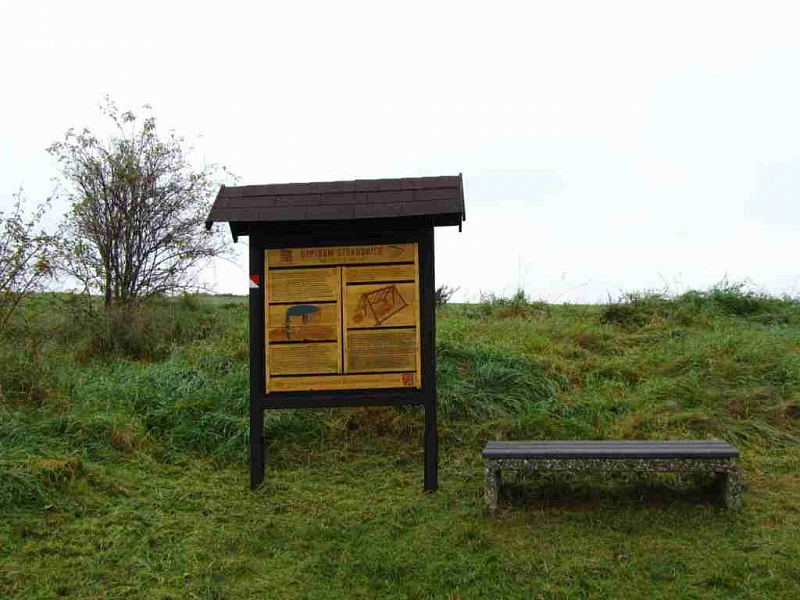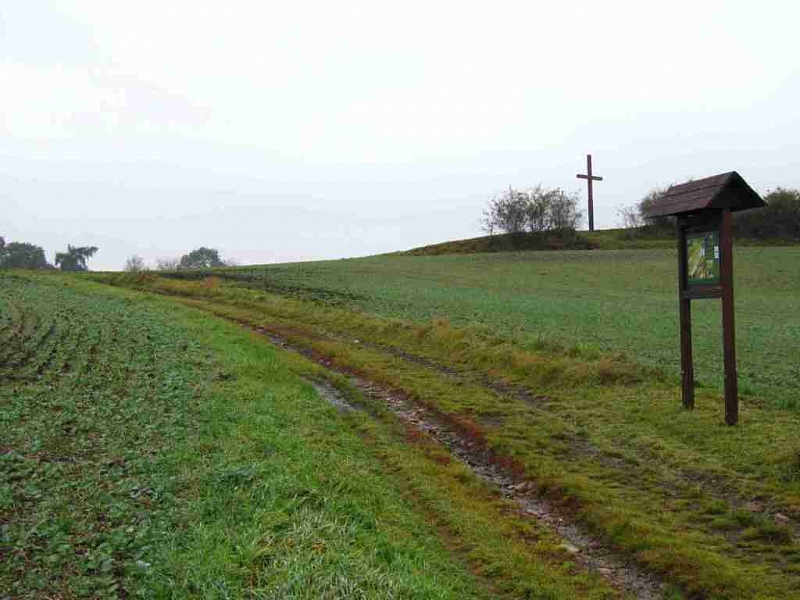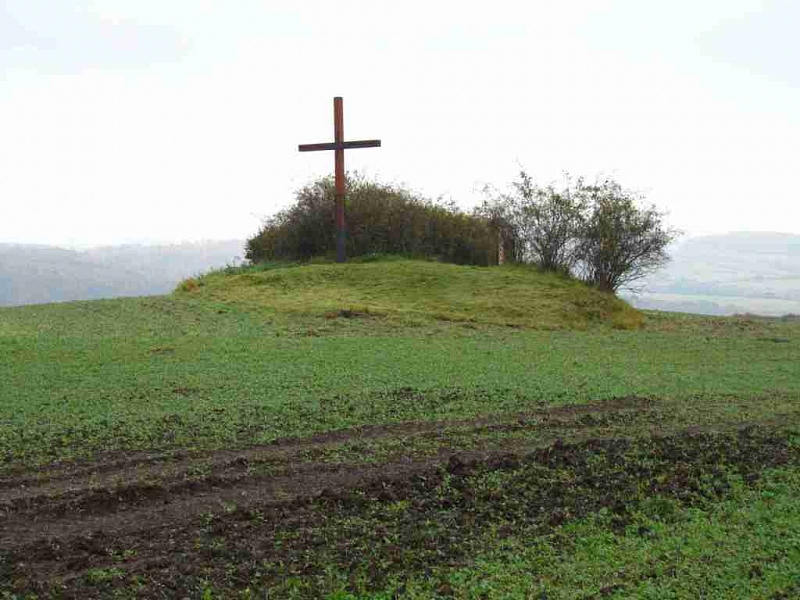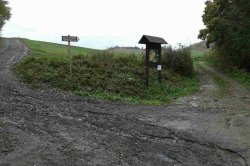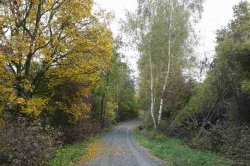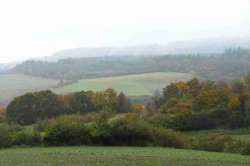Nature trail oppidum Stradonice
In the Křivoklát region, on the right bank of the Berounka River, the village of Stradonice borders the town of Nižbor.
The large hill above Stradonice used to be a Celtic fort or oppidum. Its birth dates back to about the 2nd century BC. It covered more than 90 hectares and was one of the most important commercial and production centers of its time.
Information for visitors
Interesting facts Nature trail oppidum Stradonice
In addition to farm and residential buildings and workshops, it also had a mint, where the famous gold Celtic coins of the "iris" were cast. It was surrounded by massive walls up to 2.5 m thick. Nevertheless, the German Markomans did not resist the rampage and disappeared at the beginning of our age.
At the end of the 19th century, a leather bag with gold coins was found in the place where the wooden cross stands today. Treasure hunters then tried their luck here. They found tens of thousands of different items. The bones of animals that were used to make bone meal, as well as ceramic vessels, tools, jewelry and coins.
Archaeologists in surveys in later years only mapped and documented the looted hill. Even so, Stradonice has entered the professional circles of Europe as the third largest archaeological discovery in Europe from the Celtic period.
The nature trail, which today meanders through the former town, measures 4 km, has 6 stops with information boards and provides beautiful views of the Křivoklát hills and forests. Its beginning can be found right next to the road leading from Nižbor, in the places where the Stradonice church and the cemetery stand.
You can get more detailed information about Celtic culture in the neighboring Nižbor at the castle in the Information Center of Celtic Culture.
Author: Ivana Dondová
